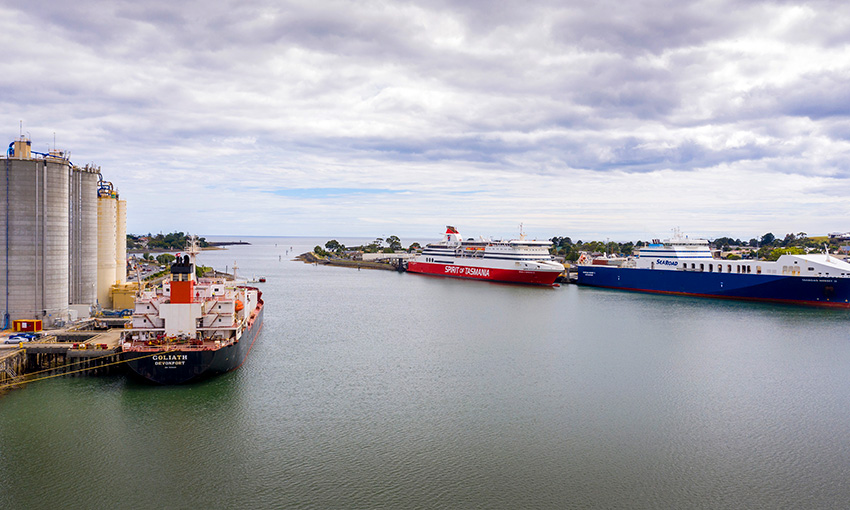FERRY Operator Spirit of Tasmania has announced it has signed a contract to relocate its Devonport base of operations to a new terminal.
The contract was signed between Spirit of Tasmania and a partnership comprising national and Tasmanian companies, called Spirit Partners, to relocate to the new Terminal 3.
BMD Constructions, which delivered Spirit of Tasmania’s Geelong Port facility, will be joined in the partnership by Fitzgerald Constructions Australia and local Tasmanian companies Bridgepro Engineering, Gradco and Vos Constructions.
Earthworks at the site are expected to commence in October this year, following the expected completion of site establishment works in August, according to Spirit of Tasmania managing director and chief executive officer Bernard Dwyer.
Landside structures will follow in November before marine foundation works from December, Mr Dwyer outlined.
Mr Dwyer said the new site, at seven hectares, was almost double the size of the company’s current lease.
“Being located on a previously undeveloped parcel of land between SeaRoad Shipping and the Mersey Yacht Club will provide additional operational areas for passenger and freight customers” Mr Dwyer said.
“It will be fantastic to see the major works commence following the completion of significant planning and design work.”
BMD Constructions general manager for Victoria, South Australia, and Tasmania Ivan Fratric spoke on BMD Constructions focus for the project;
“As a proud family-owned business, we will work with Spirit of Tasmania, our delivery partners and local Tasmanian businesses to leave an enduring legacy through the infrastructure we deliver, employment opportunities we create and local business relationships we form.”
In addition to the infrastructure already planned for construction, TT-Line (Spirit of Tasmania) has placed orders with Cavotec, a world leading port technology company, to supply “state of the art” technology for the new terminal.
The new technology will include automated mooring units to provide more efficient berthing operations, and a shore power system that will allow the new vessels to be connected to grid electricity while in port, reducing fuel consumption and carbon emissions.

